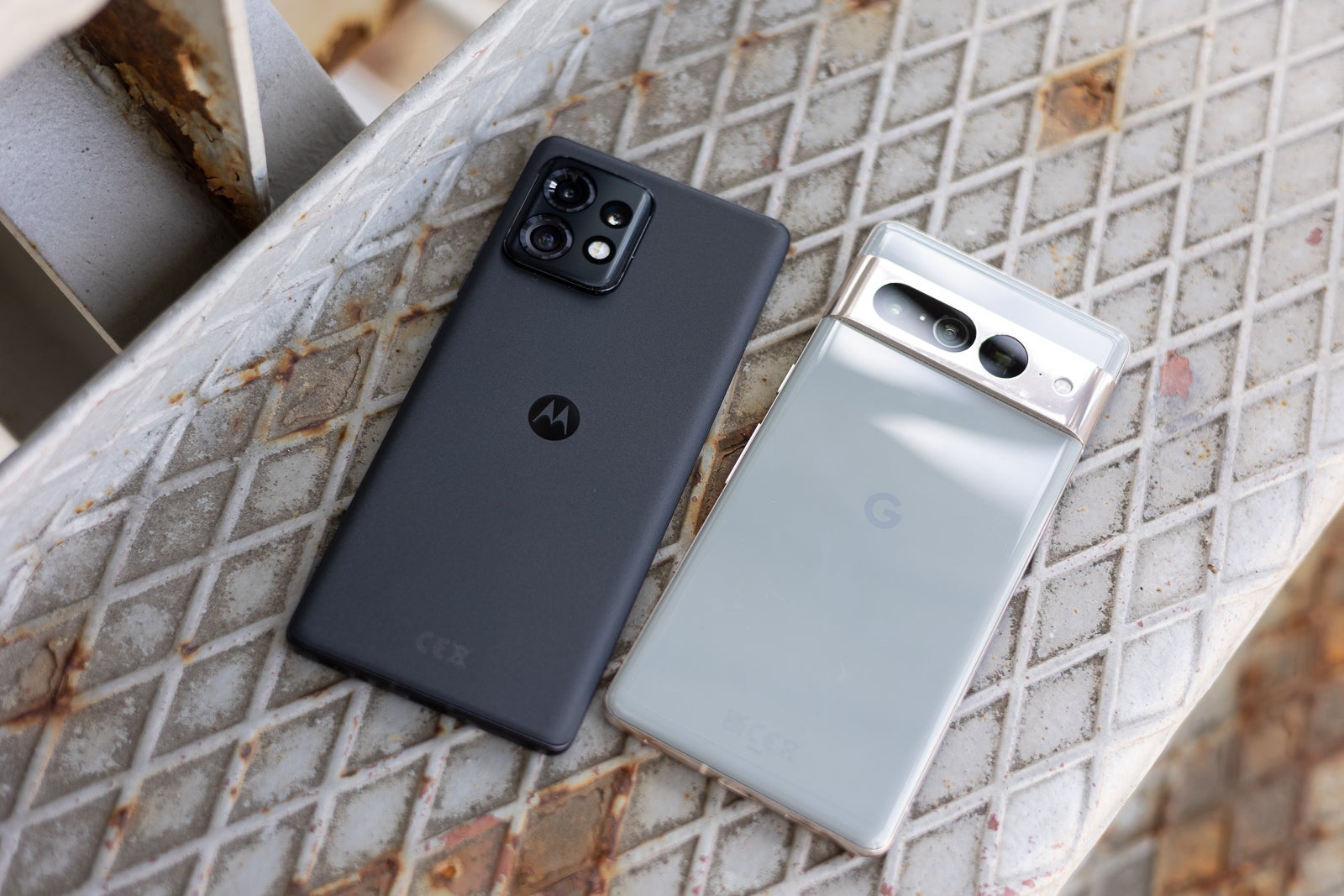
I want to share with you in this article why I think glass is arguably one of the worst materials to use when designing a phone, and why the alternatives out there can be a much better option. I will also talk a bit about the future of phone design and how I look at durability as an integral part of it.
Is glass really the optimal material?
Both Apple and Samsung have reached a sort of equilibrium as far as design goes. You have premium materials in the form of glass for the back panel and metal for the frame (aluminum, stainless steel, or titanium). Unfortunately, though, glass has more than one issue related to it.
For starters, glass is an absolute fingerprint magnet, especially if it has a glossy finish to it. Why even have such a shiny thing if that shine almost immediately turns into a greasy smudge fest the minute you grab it with your hands?
And that perfectly leads me to my final problem with glass as a material for phones: as the famous DIY YouTuber JerryRigEverything says, “glass is glass, and glass breaks.” I know, big surprise. But hear me out now—why does it even need to be glass?
Yes, it is less prone to wear over time than something like silicone or wood, for example, but is that really important if you end up having to repair it when it cracks and breaks? Also, speaking of repairing, glass panels are extremely messy and tedious to replace, making the whole process unnecessarily difficult and expensive.
Why I prefer alternative back panel materials
Grippy-iness
Listen, if you haven’t tried holding a phone that has a back panel made out of a different material than glass, like silicone/vegan leather, you owe it to yourself to at least give it a try. Actually, scratch that, you probably already know how it feels to hold because the most popular material for phone cases is just that—silicone!
Motorola, for example, has now adopted the silicone back panel approach not only for its high-end phones such as the Motorola Edge 50 Pro, but also for the Motorola Razr flip phones. I remember how safe I felt holding the phone in my hand without a case whenever I picked up one of those and started using it.
The grippy texture immediately reduces the number of instances the phone would slip out of my pocket or fall from my hands while I am using it, but without the extra bulk that comes along with a case. It is almost like using those finger loops/rings you attach to your phone’s back, but without the awkward hand movements you have to make to get your finger in and out of the accessory.
Beauty and durability as one
I know that cases provide an endless choice and therefore the ability to customize your phone however you like, but shouldn’t manufacturers at least make it so you don’t feel near obligated to go that route? Why does beauty have to be fragile? Using a material that is stronger and less fragile allows the user to enjoy the phone’s natural feel and beauty, without having to sacrifice comfort in the process.
One considerably stronger and more durable material than glass that looks even better is ceramic. We have already seen manufacturers such as OPPO using ceramic back panels for the OPPO Find X5 series, or even Samsung when it launched the Galaxy S10.
Why glass is still the preferred material by manufacturers
No matter all of the benefits that come with different materials, phone manufacturers still go for glass because of two main reasons. The first and most obvious one is that it simply has a luxury connotation stuck to it, and until that changes, we will probably continue to see flagship phones made mainly with glass backs.
The future of phone materials
Just because glass is the most common option for phone backs right now, it does not mean it will stay that way in the future. We have already achieved the all-display phone, and we have seemingly nailed down the perfect phone size options, so the obvious next step seems to be the introduction of new materials.
#Prove #wrong #Phone #glass #backs #suck


